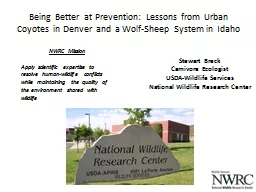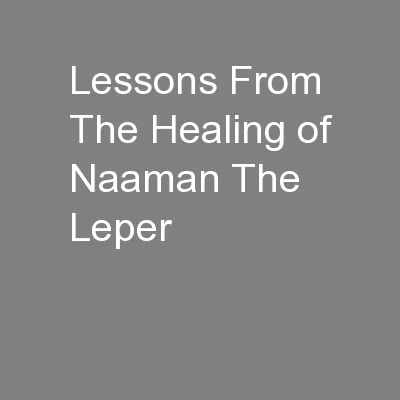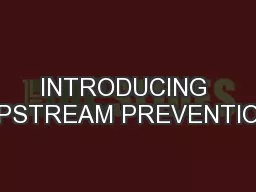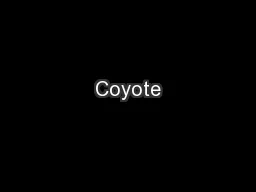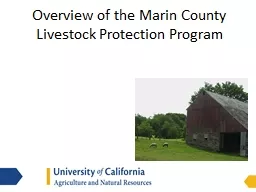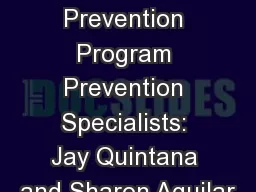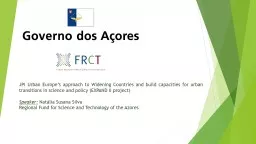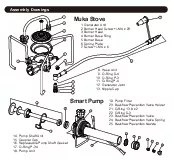PPT-Being Better at Prevention: Lessons from Urban Coyotes
Author : sherrill-nordquist | Published Date : 2016-09-21
in Denver and a WolfSheep System in Idaho NWRC Mission Apply scientific expertise to resolve humanwildlife conflicts while maintaining the quality of the environment
Presentation Embed Code
Download Presentation
Download Presentation The PPT/PDF document "Being Better at Prevention: Lessons from..." is the property of its rightful owner. Permission is granted to download and print the materials on this website for personal, non-commercial use only, and to display it on your personal computer provided you do not modify the materials and that you retain all copyright notices contained in the materials. By downloading content from our website, you accept the terms of this agreement.
Being Better at Prevention: Lessons from Urban Coyotes: Transcript
Download Rules Of Document
"Being Better at Prevention: Lessons from Urban Coyotes"The content belongs to its owner. You may download and print it for personal use, without modification, and keep all copyright notices. By downloading, you agree to these terms.
Related Documents

